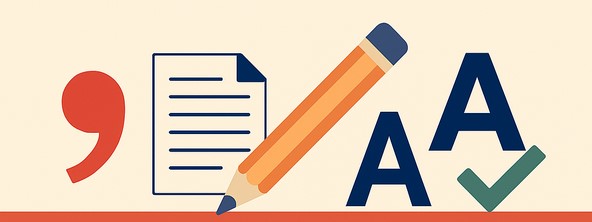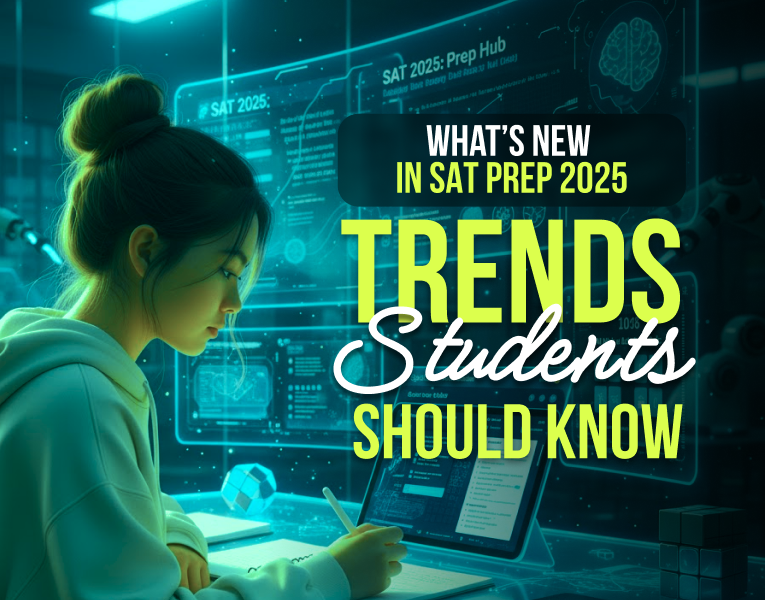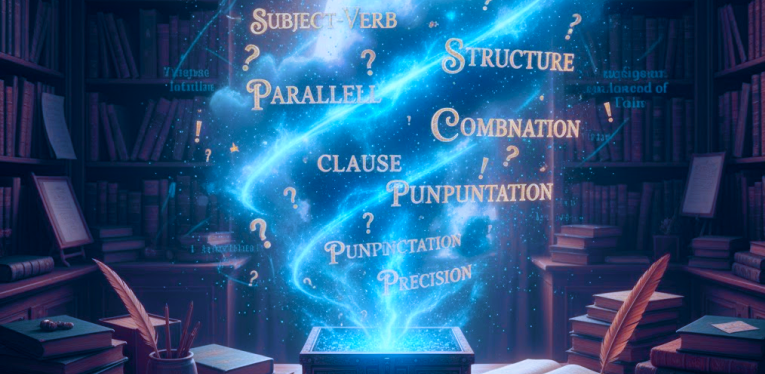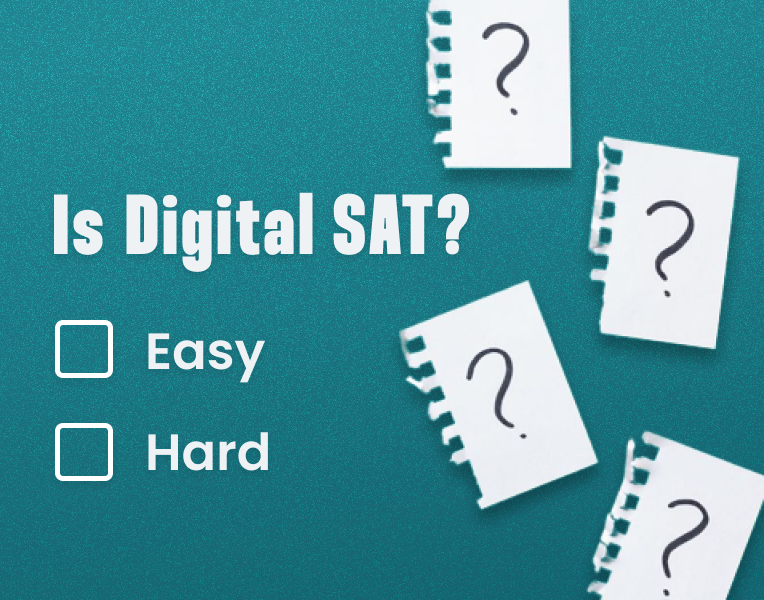If you’re preparing for the SAT, especially the Writing and Language section, you’ve probably heard people talk about “Standard English Conventions.” For many students, this part of the test feels tricky-not because the questions are impossible, but because the rules can feel scattered or confusing. The good news? With the right approach, mastering these conventions becomes one of the most reliable ways to boost your score.
Whether you're searching for the best SAT grammar rules, looking for SAT Writing and Language tips, or simply wondering how to improve SAT English, this guide will give you a clear path. Let’s break everything down in a simple, friendly way.

What Are Standard English Conventions?
On the SAT, Standard English Conventions refer to the grammar, punctuation, and sentence-structure rules that form the foundation of clear writing. These are the everyday rules that help sentences make sense-things like using correct verb tense, punctuation marks, pronouns, and clause structures.
When you see questions labeled under “standard English conventions SAT,” they’re usually targeting:
- Sentence boundaries
- Agreement between subjects and verbs
- Logical and precise pronoun usage
- Correct punctuation
- Clear sentence structure
In short: the SAT wants to know whether you can identify and fix the kinds of writing issues that interrupt clarity.
Common Grammar Areas Tested in SAT Writing
To score well, it helps to know exactly what to expect. Here are the grammar categories that show up again and again-along with why they matter.
Punctuation
The SAT loves punctuation. Expect questions about commas, semicolons, colons, and dashes. Here’s a quick example:
Incorrect: The students studied all night however, they were still tired.
Correct: The students studied all night; however, they were still tired.
The key? Punctuation must match the structure of the sentence. Practice recognizing when you have a complete thought versus just a fragment.
Verb Tense Consistency
One of the most common SAT grammar mistakes to avoid is switching tenses for no reason.
Incorrect: She walks into the room and noticed the lights were off.
Correct: She walks into the room and notices the lights are off.
The SAT requires the verb tense to match the timeline of the sentence.
Subject-Verb Agreement
A classic SAT favorite. Singular subjects must have singular verbs; plural subjects must have plural verbs-even if distracting words get in the way.
Example:
The bouquet of roses is on the table.
(Not “are,” because bouquet is singular.)
Pronoun Clarity and Agreement
Pronouns must clearly refer to one specific noun, and they must match in number and case.
Unclear:
When the students met the teachers, they were excited. (Who was excited?)
Clarity is everything-especially in SAT grammar rules related to pronouns.
Sentence Structure
Expect questions on misplaced modifiers, parallel structure, and combining sentences smoothly.
Incorrect modifier:
Running quickly, the finish line appeared closer.
(The finish line wasn’t running!)
Practical Tips to Master These Grammar Skills
Learning grammar doesn’t have to be overwhelming. Here are simple ways to level up:
Tip 1: Review One Skill at a Time
Instead of memorizing dozens of rules, focus on categories. For example, spend one day on punctuation, one on verbs, one on pronouns.
Tip 2: Learn from Mistakes
Every error teaches you something. Mark the questions you miss and revisit them weekly.
Tip 3: Read Actively
Reading well-written articles helps you internalize grammar patterns naturally.
Tip 4: Practice with Realistic Tools
Prioritize SAT full-length practice and adaptive SAT mock test options that reflect the real exam difficulty curve.
Tip 5: Mix Vocabulary + Grammar
Even though vocabulary is less emphasized now, using a little free SAT vocabulary practice strengthens your understanding of correct sentence structure.
How TutorWand Helps Students Learn Faster
If you want an effective, structured, and realistic way to practice, TutorWand.com is one of the best online platforms for SAT preparation.
TutorWand helps students master Standard English Conventions by providing extended solutions for every question, along with deep, step-by-step explanations of the underlying grammar rules. This ensures not only that you know the correct answer, but also why it is correct and how the rule works in real SAT contexts.
With TutorWand, students gain a clearer understanding of grammar concepts such as sentence structure, punctuation, usage, and agreement-helping them improve accuracy, confidence, and overall test performance much faster.
Adaptive Full-Length SAT Practice Tests
TutorWand’s SAT full-length adaptive practice tests are built to feel just like the real exam.
- Adaptive difficulty: Module 1 performance changes the difficulty level of Module 2, exactly like the digital SAT.
- Real pacing experience: You learn how to manage time when the test dynamically adjusts to your performance.
- Instant score prediction: The system analyzes your answers and provides score estimates aligned with official SAT patterns.
- Detailed English subscore breakdown: You can see how you performed in grammar, punctuation, structure, and expression-no guessing required.
Focused Unit Tests for Grammar Mastery
These shorter, topic-based quizzes help you sharpen specific grammar skills.
- Single-topic mastery: Target punctuation, sentence structure, tense consistency, pronouns, and agreement one at a time.
- Progressive difficulty: Questions gradually increase in complexity so you learn in layers, not in overload.
- Error pattern tracking: If you repeatedly miss pronoun clarity or comma rules, TutorWand highlights it immediately.
- Skill sharpening: Perfect for quick revision sessions before school or during study breaks.
Smart Analytics That Show Your Weak Spots
TutorWand doesn’t just tell you that you got a question wrong-it explains why.
- Weak area identification: It pinpoints grammar categories where you lose the most points.
- Time analysis: See whether mistakes come from rushing, overthinking, or misreading.
- Explanation-first approach: Every question includes a clear, human-style explanation of the rule behind the answer.
- AI-powered study plan: The platform recommends specific lessons, exercises, and unit tests based on your performance patterns.
5,000+ Updated SAT Grammar & Writing Questions
With TutorWand, you get more than just volume-you get relevance.
- Latest-format questions: Short passages, sentence correction, structural improvement, and context-based grammar problems.
- High-yield topics: Questions focus on the exact grammar rules that appear most often on recent SAT exams.
- Realistic distractors: Answer choices mimic the subtle traps found on official tests-so you’re never surprised on test day.
- Built for improvement: Each question reinforces core concepts, helping you internalize patterns that lead to higher scores.
Mastering grammar isn’t just about raising your SAT score-it’s about becoming a clearer, more confident communicator. A strong command of Standard English Conventions is not just for the SAT-it’s a life skill that shapes clear, confident communication.
Start mastering your SAT grammar today with TutorWand-your companion to real SAT success!











